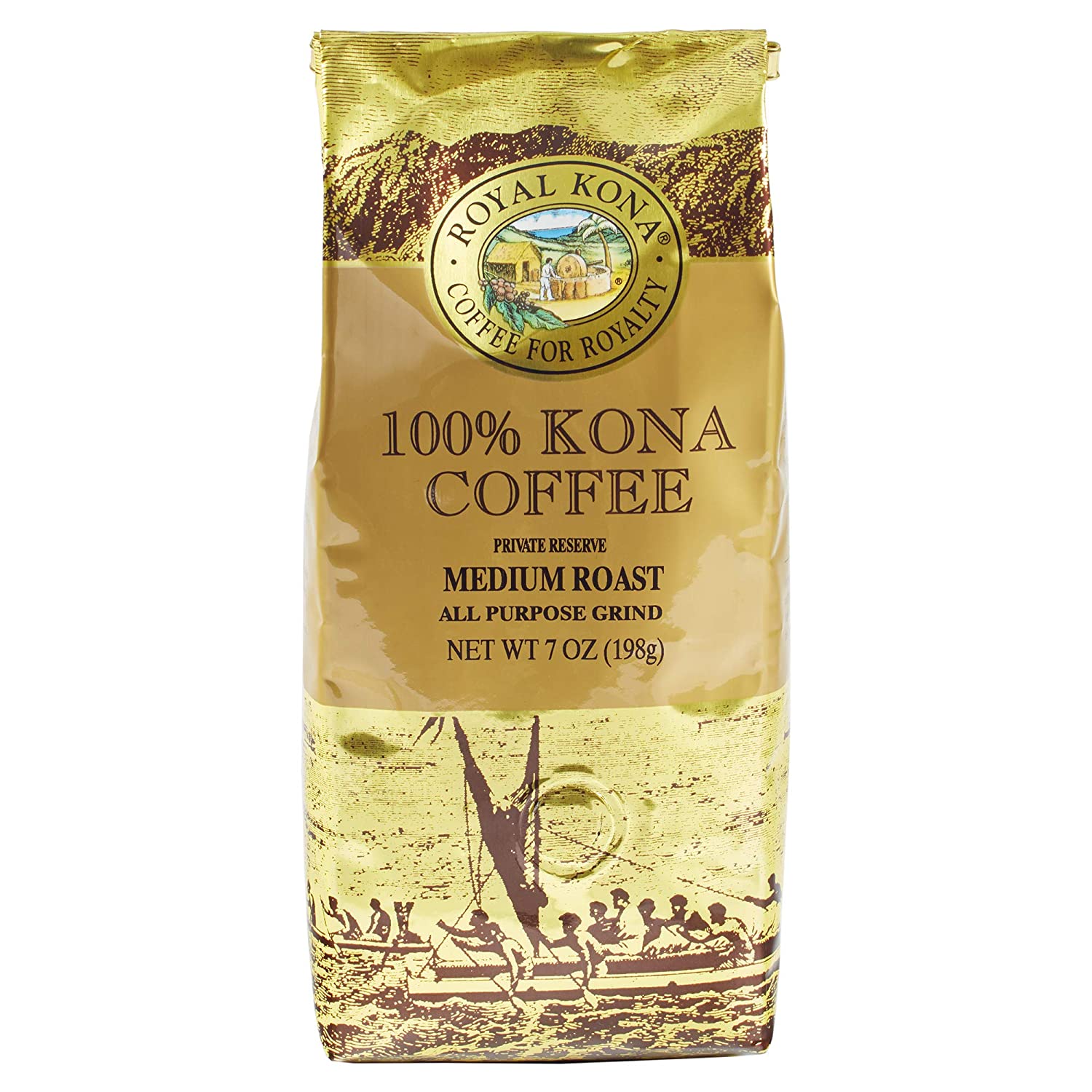
The ultimate coffee from the Hawaiian islands, of course, is Kona. Grown on the slopes of the Hualalai and Mauna Loa mountains of what is called the Big Island in rich volcanic soil, these bushes enjoy afternoon cloud cover and dry winters. They are cultivated only on the Big Island, in either the South or the North district, and are harvested in the autumn.
The beans are picked, pulped, dried, and hulled before they are graded. Size and shape determine the grades. All Kona coffee beans are sun dried. They are also all custom roasted. It's important to remember as you shop Hawaiian that Kona blends are only 10 percent Kona beans. Check the label if you want to ensure that you're buying pure Kona.
Understanding Kona Coffee Grades
At the top of the Kona bean grade level is Peaberry. You'll see this descriptor occasionally in other bean varieties as well. Tanzanian coffee, for example, offers a Peaberry variety. Peaberry is, of course, rare. It describes an odd circumstance of growth.
Normally the flower of a coffee plant has two or more petals. Occasionally these fuse with one another, yielding only one bean rather than several. This imparts, as might readily be imagined, a highly concentrated flavor. In the case of Kona, the Peaberry represents only between five and 10 percent of the total harvest. The other Kona grades, which fall in succession below Peaberry, are extra fancy, fancy, Number 1, and prime.
To put these grades into buying perspective, let's look at ballpark market prices. Pure Peaberry, roasted medium dark, will sell at about $35 per pound. Extra fancy might go for about $25 per pound. If you're interested in roasting your own, you can find green extra fancy Kona coffee beans at about $20 per pound. As with any first-rate item, you will have to pay for quality. And Hawaii's Kona coffee is indisputably a quality coffee–smooth, full-bodied, and very low in acidity.
